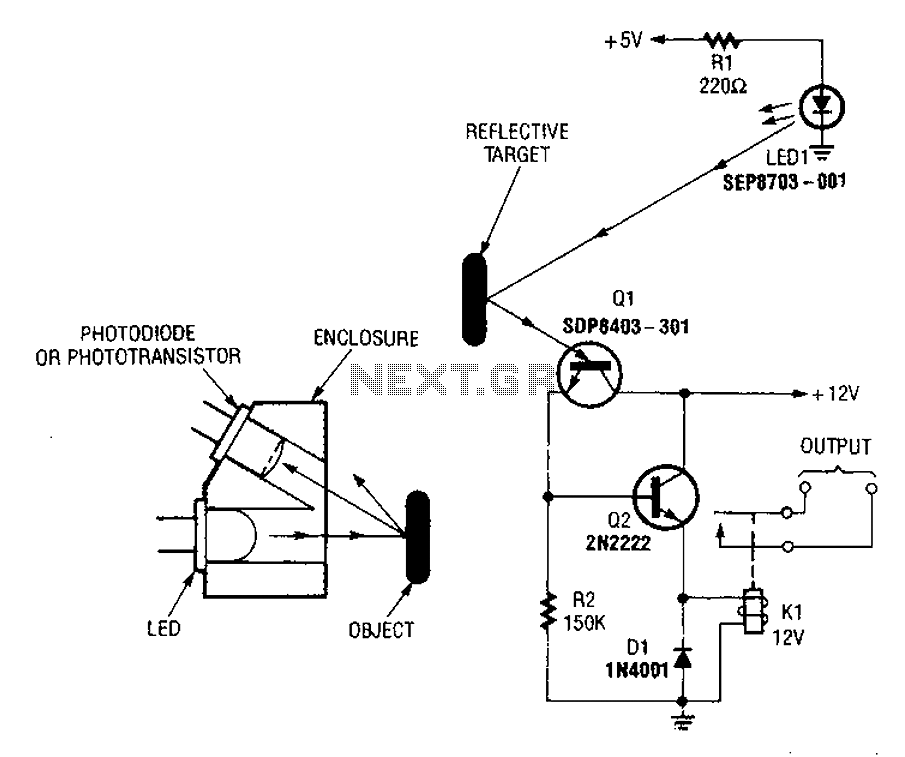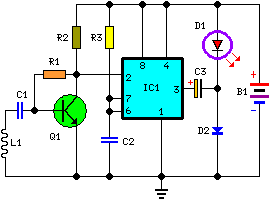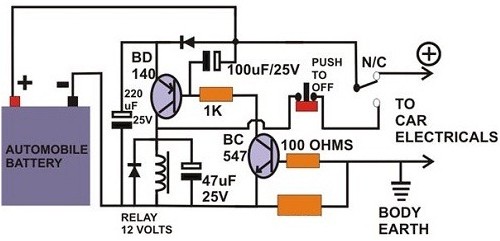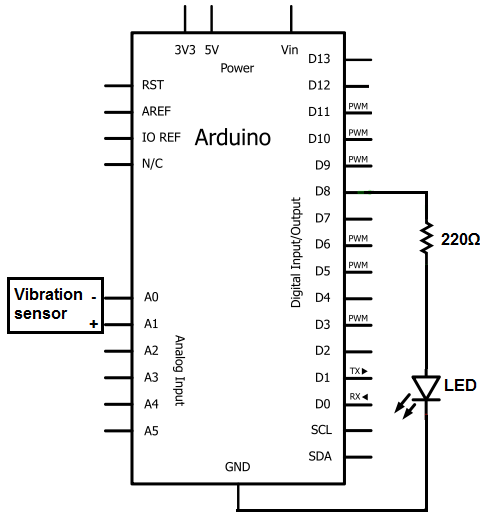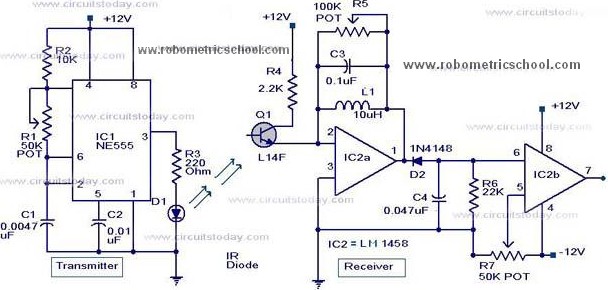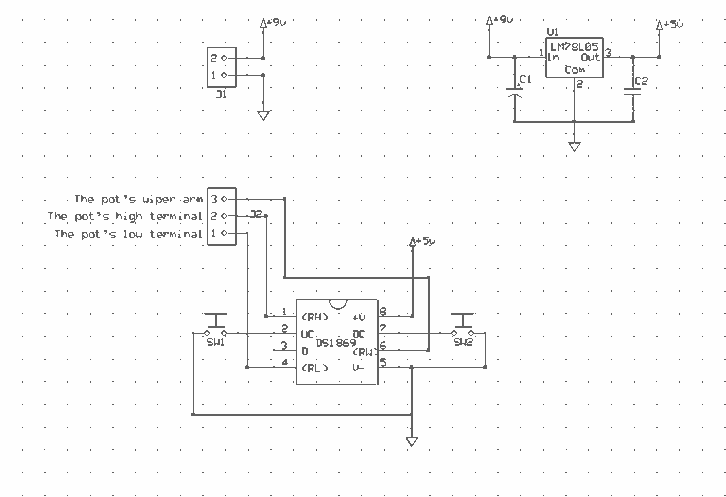
Simple Metal Detector DIY
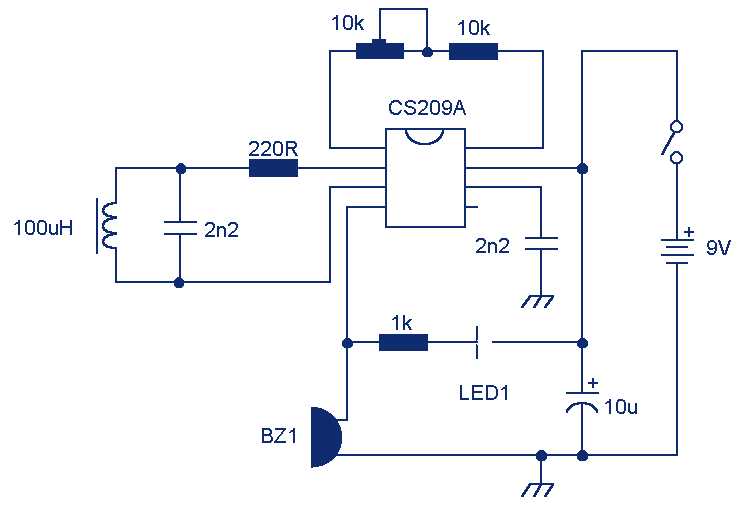
LED 1 will light and the buzzer turns on when the coil is changing inductance. The setup is easy, VR1 is adjusted (away from any metal objects) so that LED 1 will light and the buzzer sounds on, and then VR1 will be trimmed until LED and buzzer are off. More: The heart of this DIY metal detector circuit is CS209A. The metal detector is built with one coil of 100uH. CS209A has one oscillator which forms an LC circuit, the inductance of the coil will change when it is near metal objects.
The described circuit functions as a basic metal detector utilizing the CS209A integrated circuit. The CS209A serves as the core component, featuring an oscillator that generates a frequency based on the characteristics of an LC (inductor-capacitor) circuit. In this application, the inductor is represented by a coil with an inductance value of 100 microhenries (uH).
When the coil is positioned near metallic objects, the inductance of the coil changes due to the presence of the metal, which alters the oscillation frequency of the circuit. This change in frequency is detected by the CS209A, which subsequently activates an LED (LED 1) and a buzzer. The LED provides a visual indication of metal detection, while the buzzer offers an audible alert.
The circuit includes a variable resistor (VR1) that allows for adjustment of the sensitivity of the metal detector. Initially, VR1 should be set to a position where the LED lights up and the buzzer sounds when the coil is away from any metal objects. This ensures that the circuit is responsive to changes in inductance. After this initial setup, VR1 can be fine-tuned to a point where both the LED and the buzzer are inactive, indicating that the circuit is calibrated to detect metal objects effectively without false positives from environmental interference.
The simplicity of this circuit makes it suitable for DIY projects and educational purposes, demonstrating fundamental principles of inductance, oscillation, and detection in electronics. Proper assembly and calibration of the components are crucial for optimal performance and reliability of the metal detector.LED 1 will light and the buzzer turns on when the coil is changing inductance. The setup is easy, VR1 is adjusted ( away from any metal objects ) so that LED 1 will light and the buzzor sounds on, and then VR1 will be trimmed until led and buzzer are off. The heart of this diy metal detector circuit is CS209A. The metal detector it is build with one coil of 100uH. CS209A has one oscillator wich forms an LC circuit, the inductance of the coil will change when it is near metal objects. 🔗 External reference
The described circuit functions as a basic metal detector utilizing the CS209A integrated circuit. The CS209A serves as the core component, featuring an oscillator that generates a frequency based on the characteristics of an LC (inductor-capacitor) circuit. In this application, the inductor is represented by a coil with an inductance value of 100 microhenries (uH).
When the coil is positioned near metallic objects, the inductance of the coil changes due to the presence of the metal, which alters the oscillation frequency of the circuit. This change in frequency is detected by the CS209A, which subsequently activates an LED (LED 1) and a buzzer. The LED provides a visual indication of metal detection, while the buzzer offers an audible alert.
The circuit includes a variable resistor (VR1) that allows for adjustment of the sensitivity of the metal detector. Initially, VR1 should be set to a position where the LED lights up and the buzzer sounds when the coil is away from any metal objects. This ensures that the circuit is responsive to changes in inductance. After this initial setup, VR1 can be fine-tuned to a point where both the LED and the buzzer are inactive, indicating that the circuit is calibrated to detect metal objects effectively without false positives from environmental interference.
The simplicity of this circuit makes it suitable for DIY projects and educational purposes, demonstrating fundamental principles of inductance, oscillation, and detection in electronics. Proper assembly and calibration of the components are crucial for optimal performance and reliability of the metal detector.LED 1 will light and the buzzer turns on when the coil is changing inductance. The setup is easy, VR1 is adjusted ( away from any metal objects ) so that LED 1 will light and the buzzor sounds on, and then VR1 will be trimmed until led and buzzer are off. The heart of this diy metal detector circuit is CS209A. The metal detector it is build with one coil of 100uH. CS209A has one oscillator wich forms an LC circuit, the inductance of the coil will change when it is near metal objects. 🔗 External reference
